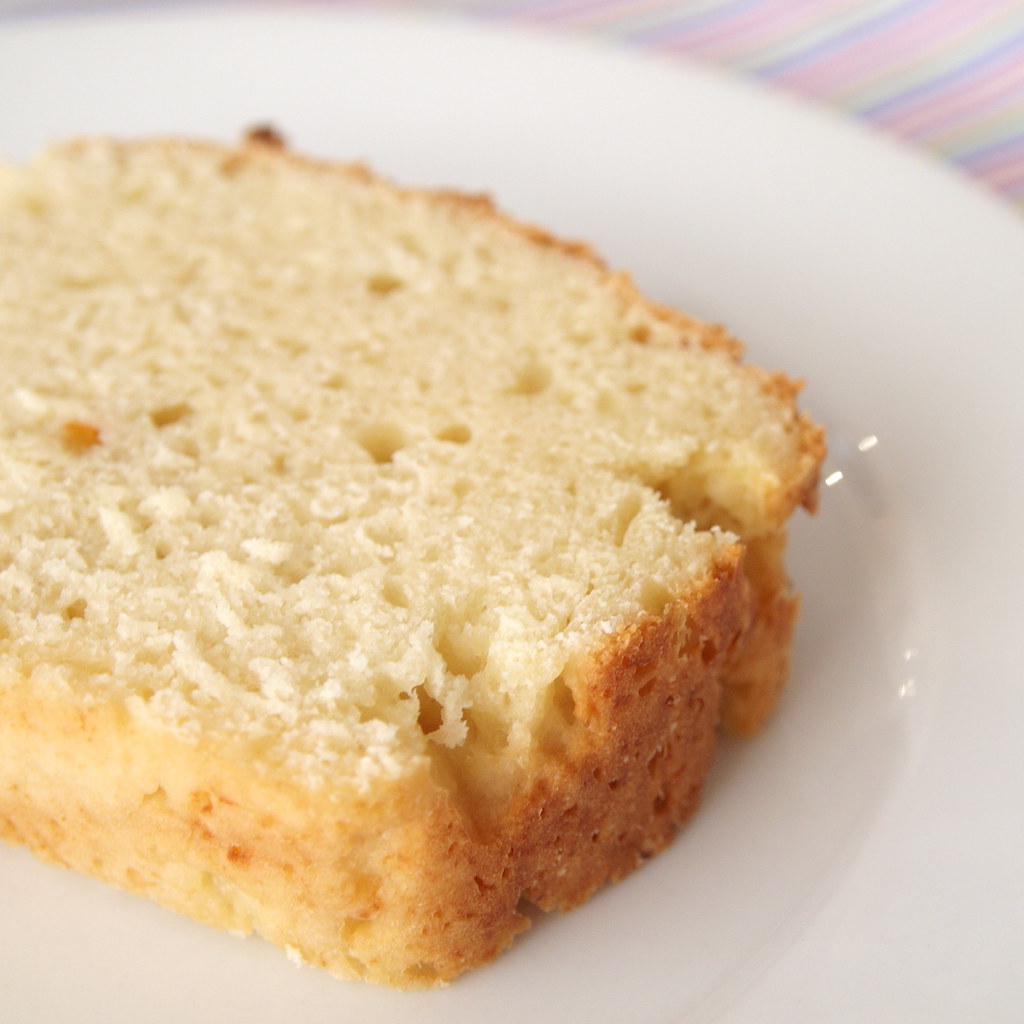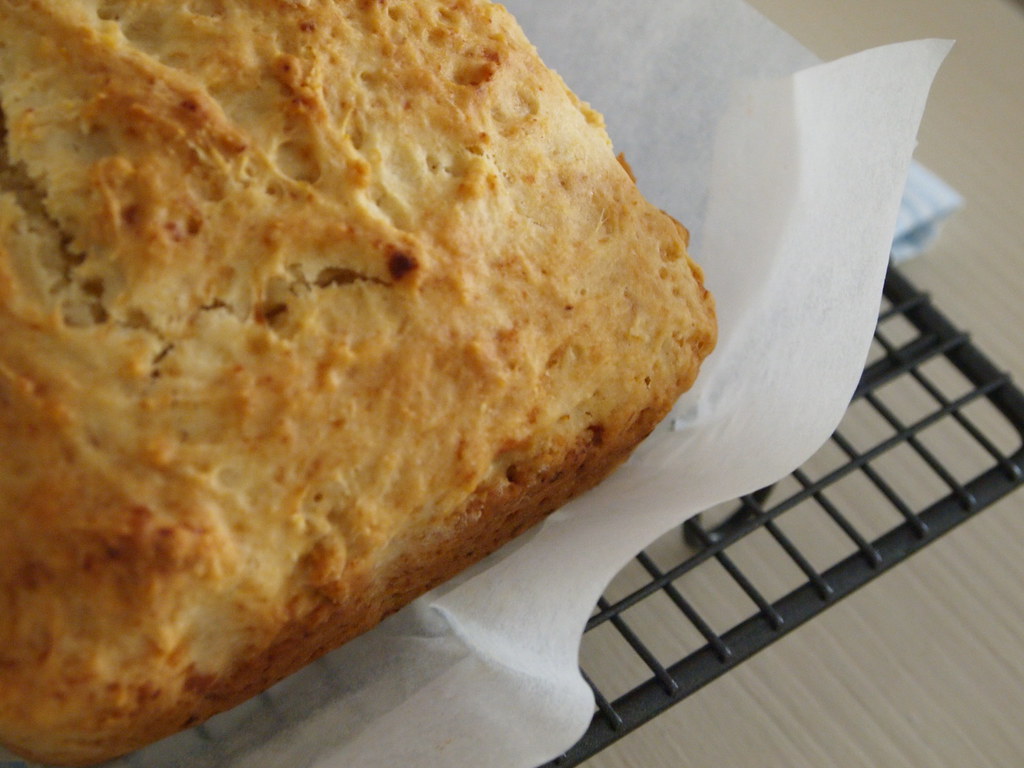Paddington Bear On A Diet – Marmalade Loaf
Thursday, June 16, 2011
Sometimes, you just feel like baking something quick and easy without ending up with a kitchen full of over-indulgence waiting to happen. A little sweetness, just enough to keep you going. Something you could toast lightly and call breakfast. Or supper. Or afternoon tea.
Something like a marmalade loaf, perhaps. It’s faintly sweeter than bread from a sunny zing of orange marmalade, a bit more unassuming than a cake, with a satisfying tender, almost scone-like consistency. At first bite, it seems so innocent – but it creeps up on you* and whispers like the angel on your shoulder (a warm, plump sort of an angel) to abandon the sinful excesses of those devilishly indulgent brownies and follow the true path to baking enlightenment. But before I lapse into any more extravagant personification, perhaps I should just get on with telling you how it’s made, and let it convince you for yourself...
Marmalade Loaf
Adapted, very slightly, from Serious Eats
What you need
237ml / 4 fl oz / 1 (US) cup milk (I used non-fat skim milk)
57 g / 2 oz / 4 tablespoons butter
113 g / 4 oz / ½ (US) cup orange marmalade (using good quality marmalade - or home-made - makes a big difference; I used Bonne Maman)
1 tsp lemon juice
383 g / 13½ oz / 3 (US) cups plain flour
1 tbsp baking powder
1 tsp salt
What to do
1. Preheat oven to 175°C (350°F).
2. Line a loaf tin (I use one that measures 23½ x 13 cm (9¼ x 4¼ inches)) with baking paper.
2. Line a loaf tin (I use one that measures 23½ x 13 cm (9¼ x 4¼ inches)) with baking paper.
3. Over a low heat, melt the butter with the milk in a saucepan. Remove from the stove and add the marmalade, mixing in well (I found the back of a fork useful to break up the marmalade-y clumps). Allow to cool for around 10 minutes, and stir in the lemon juice.
4. Sieve the flour, baking powder and salt into a bowl and stir to combine. Add them to the contents of the saucepan and mix until combined (given the scone-like texture of the loaf, avoid over-mixing, as it’s likely to make it tough and chewy).
5. Spoon the batter into the lined tin and spread out evenly (if you’re using particularly chunky marmalade, poke in any bits of orange zest sticking up from the top of the batter, as they are likely to turn dark brown during baking – they still taste good, but detract a bit from the appearance, if that sort of thing is important to you).
6. Bake for around 40 minutes, until the top is golden and a skewer inserted into the loaf comes out clean. Cool in the tin for 5 minutes, then slide out onto a wire rack to finish cooling (the loaf is delicious served still warm, but if you leave it sitting in the tin for too long, it can get a little damp underneath).
The marmalade loaf has come in handy when baking for friends who are trying to steer clear of tooth-aching quantities of sugar, and for the Other Penguin to take to work for a home-made snack that’s sustaining but doesn’t result in a sugar crash half an hour later. I also like that it’s so easy to transport compared to lots of baking, too – no sticky icing, a regular shape that can be wrapped in paper and foil (or a tea towel) and not too prone to being squished**.
I’d like to try out some variations next time I make this loaf, starting with the substitution of the quince marmalade I recently made from a David Lebovitz recipe, but also experimenting with other flavours of marmalade and jam. And a little voice in my head in wondering whether the angel and the devil can reach agreement with a nutella loaf...
* Not literally – I’m not sure whether being crept up on by baked goods is the stuff of dreams or of cheese-on-toast-induced nightmares...
** This is the sort of practical consideration that comes from far too many occasions of wrangling bags of dance gear with boxes of muffins, bounding out of taxis with foil-wrapped packages of cake, and walking round Centennial park with carrier bags of brownies.









